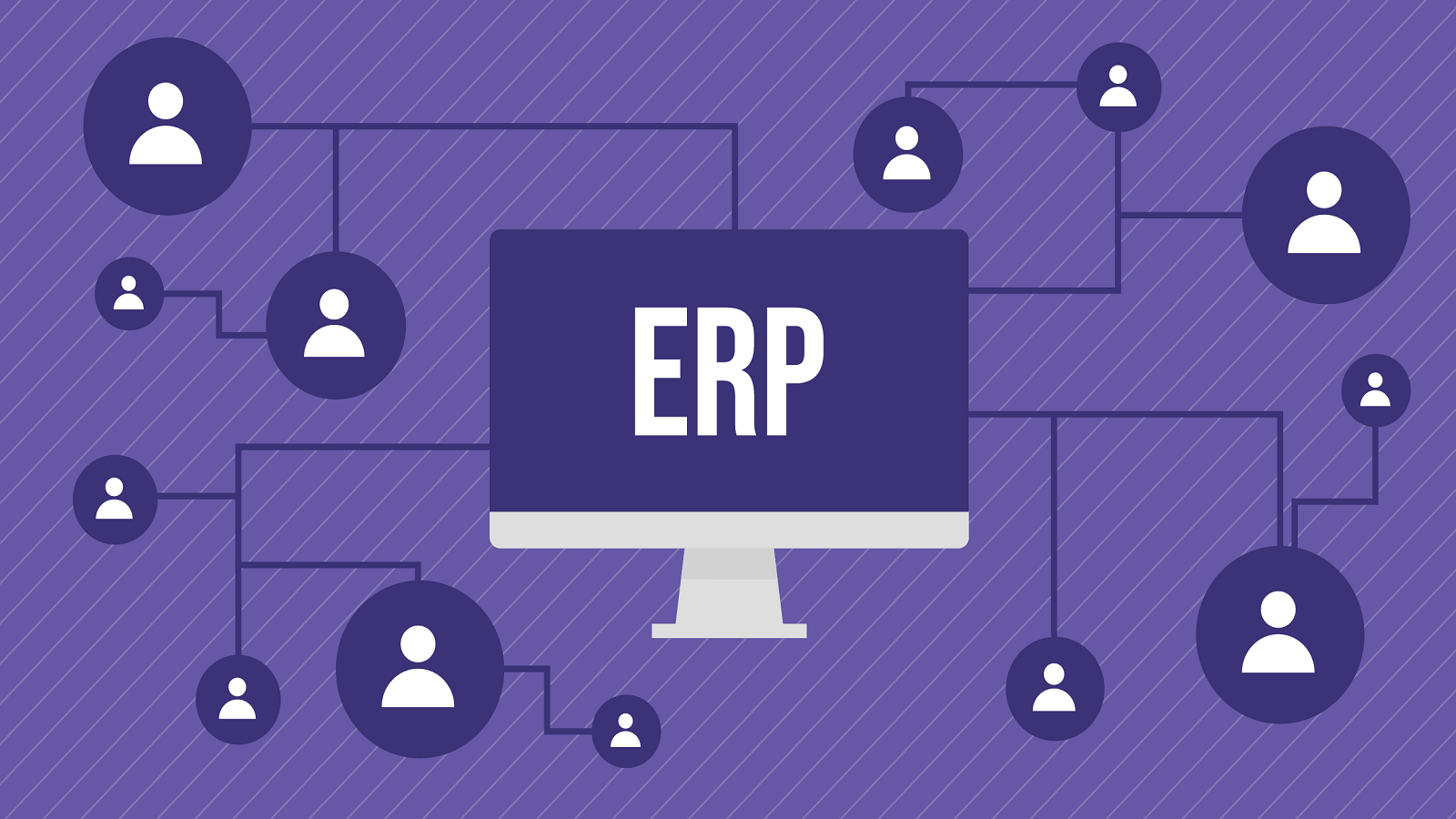Introduction
In today’s rapidly evolving business landscape, having a powerful and adaptable enterprise resource planning (ERP) system is essential for maintaining operational efficiency and driving growth. Many organizations are choosing to upgrade their existing ERP systems to more advanced solutions like Epicor Kinetic ERP, which offers enhanced features and improved functionality. At Epicforce Tech, we specialize in guiding businesses through seamless ERP upgrades and implementations, ensuring maximum value and minimal disruption. This blog delves into the benefits, challenges, and steps involved in upgrading to Epicor Kinetic ERP, supported by a detailed case study of a successful implementation.
Why Upgrade to Epicor Kinetic ERP?
Businesses often encounter challenges such as fragmented workflows, outdated technology, and a lack of real-time data visibility, which can hinder decision-making and overall efficiency. Upgrading to a more modern ERP system like Epicor Kinetic can effectively address these challenges by:
- Enhancing Functionality: Epicor Kinetic ERP provides an intuitive user interface, comprehensive data analytics, and real-time reporting capabilities.
- Ensuring Scalability: The system is designed to grow with the business, accommodating increasing data volumes and operational complexity.
- Improving Integration: Seamlessly integrates with other critical business applications, ensuring smooth workflows and data consistency across departments.
The Epicor Kinetic ERP Upgrade Process
Upgrading to Epicor Kinetic ERP involves several critical steps to ensure a smooth transition and maximize benefits:
- Initial Assessment and Planning: This phase involves evaluating the existing ERP system, understanding the business’s specific needs, and defining the upgrade’s scope and objectives. Proper planning is crucial to avoid common pitfalls during the upgrade process.
- System Design and Customization: The next step is to design a customized Epicor Kinetic ERP solution that meets the unique requirements of the business. This includes configuring modules, setting up workflows, and ensuring the system aligns with the company’s strategic goals.
- Data Migration and Integration: A crucial part of the upgrade process is data migration, where data is securely transferred from the old system to the new Epicor Kinetic ERP. This step also involves integrating other existing business systems to ensure seamless data flow and functionality.
- User Training and Change Management: Training users and managing organizational change effectively are key to ensuring smooth adoption of the new system. Tailored training programs help users become familiar with the new ERP system and its features.
- Go-Live and Post-Implementation Support: Once the system is deployed, providing ongoing support is essential to resolve any issues and optimize system performance. Continuous monitoring helps in making necessary adjustments and improvements.
Key Features of Epicor Kinetic ERP
Epicor Kinetic ERP offers a range of advanced features that make it a preferred choice for businesses looking to enhance their ERP capabilities:
- User-Friendly Interface: The modern, intuitive design enhances user experience and productivity, reducing the learning curve for new users.
- Real-Time Analytics and Reporting: Advanced data analytics tools provide real-time insights, enabling better decision-making and strategic planning.
- Integrated Workflows: Seamless integration across various business functions ensures streamlined processes and efficient operations, reducing redundancy and manual errors.
- Flexible Deployment Options: Available both as a cloud-based solution and on-premises, offering flexibility to meet different business needs and preferences.
Common Challenges in ERP Upgrades and How to Overcome Them
Upgrading to a new ERP system can present several challenges, such as data migration issues, system compatibility, and user resistance. These challenges can be effectively managed with a strategic approach:
- Robust Data Migration Strategies: Ensuring data integrity and accuracy during the migration process is critical to preventing data loss or corruption. Using automated tools and validation techniques can help maintain data quality.
- Comprehensive User Training Programs: Providing targeted training and support helps minimize user resistance and fosters smooth adoption of the new system.
- Thorough Testing and Quality Assurance: Conducting rigorous testing phases to identify and resolve potential issues before the system goes live is essential for a successful upgrade.
Case Study: A Successful Epicor Kinetic ERP Upgrade
Consider a mid-sized manufacturing company that was facing challenges with its outdated ERP system, which was impacting its ability to scale and meet customer demands. The company struggled with fragmented data, manual processes, and limited reporting capabilities.
Solution: The company decided to upgrade to Epicor Kinetic ERP to address these issues. The upgrade process involved detailed planning, secure data migration, system customization, and extensive user training to ensure a smooth transition.
Results: Following the implementation of Epicor Kinetic ERP, the company experienced significant improvements in operational efficiency, data accuracy, and decision-making capabilities. The new system reduced manual processes, enhanced cross-departmental collaboration, and provided better visibility into business operations.
Future-Proofing Your Business with Epicor Kinetic ERP
Epicor Kinetic ERP is designed not just for today’s business needs but also for future growth. Its continuous updates and enhancements ensure that businesses always have access to the latest features and capabilities, helping them stay competitive in an ever-changing market environment. By leveraging the flexibility and scalability of Epicor Kinetic ERP, companies can adapt to market changes and maintain a competitive edge.
Conclusion
Upgrading to Epicor Kinetic ERP can transform your business operations by providing enhanced functionality, real-time data access, and improved decision-making capabilities. While the process involves several steps and potential challenges, a well-planned and expertly executed upgrade ensures a seamless transition and maximizes the benefits of the new ERP system. For businesses looking to optimize their operations and prepare for future growth, an upgrade to Epicor Kinetic ERP is a strategic move that promises substantial returns on investment.
To learn more about how upgrading to Epicor Kinetic ERP can benefit your business and to get expert guidance on the implementation process, consider reaching out to trusted ERP consultants who can provide tailored solutions to meet your specific needs.


